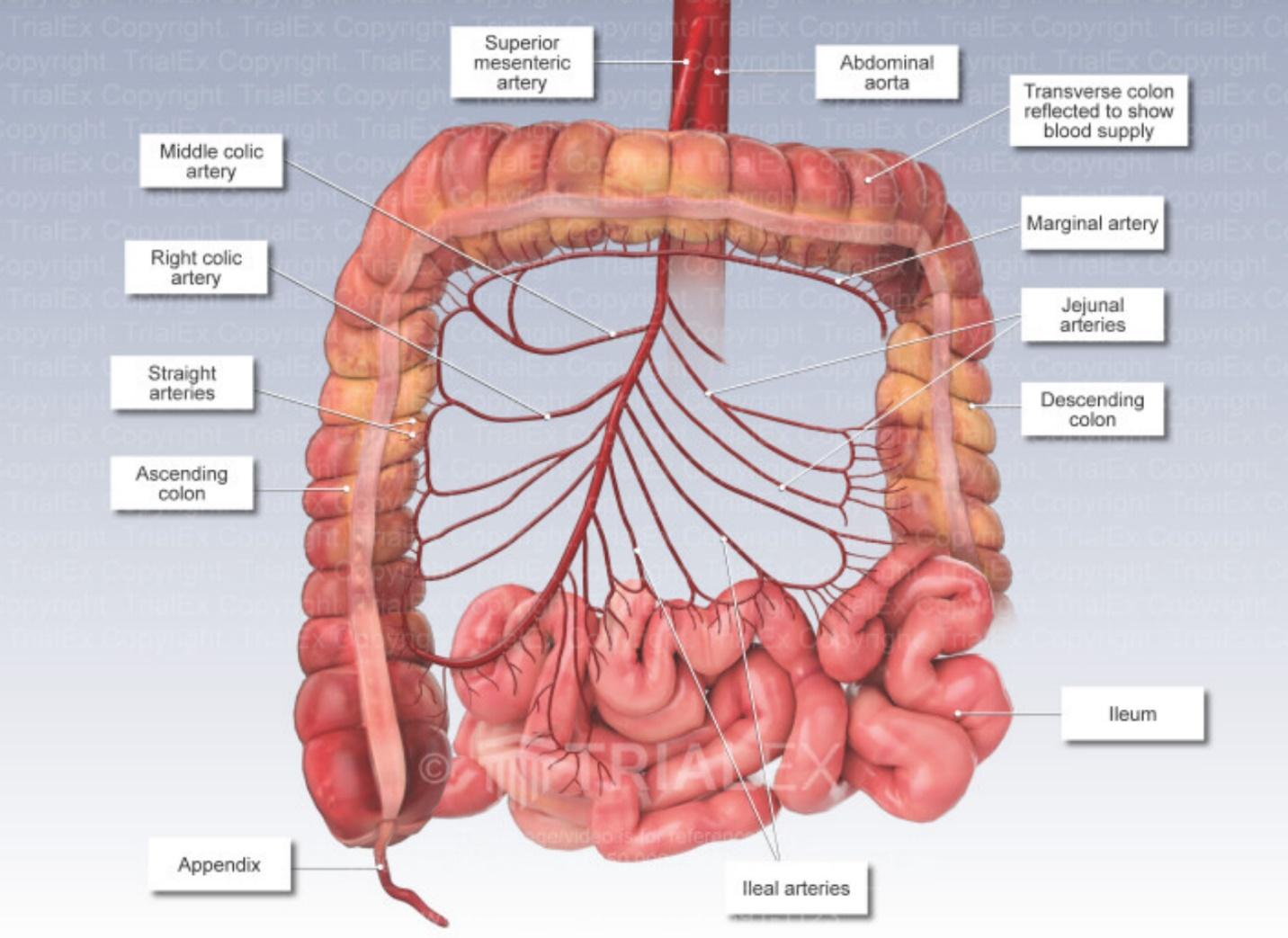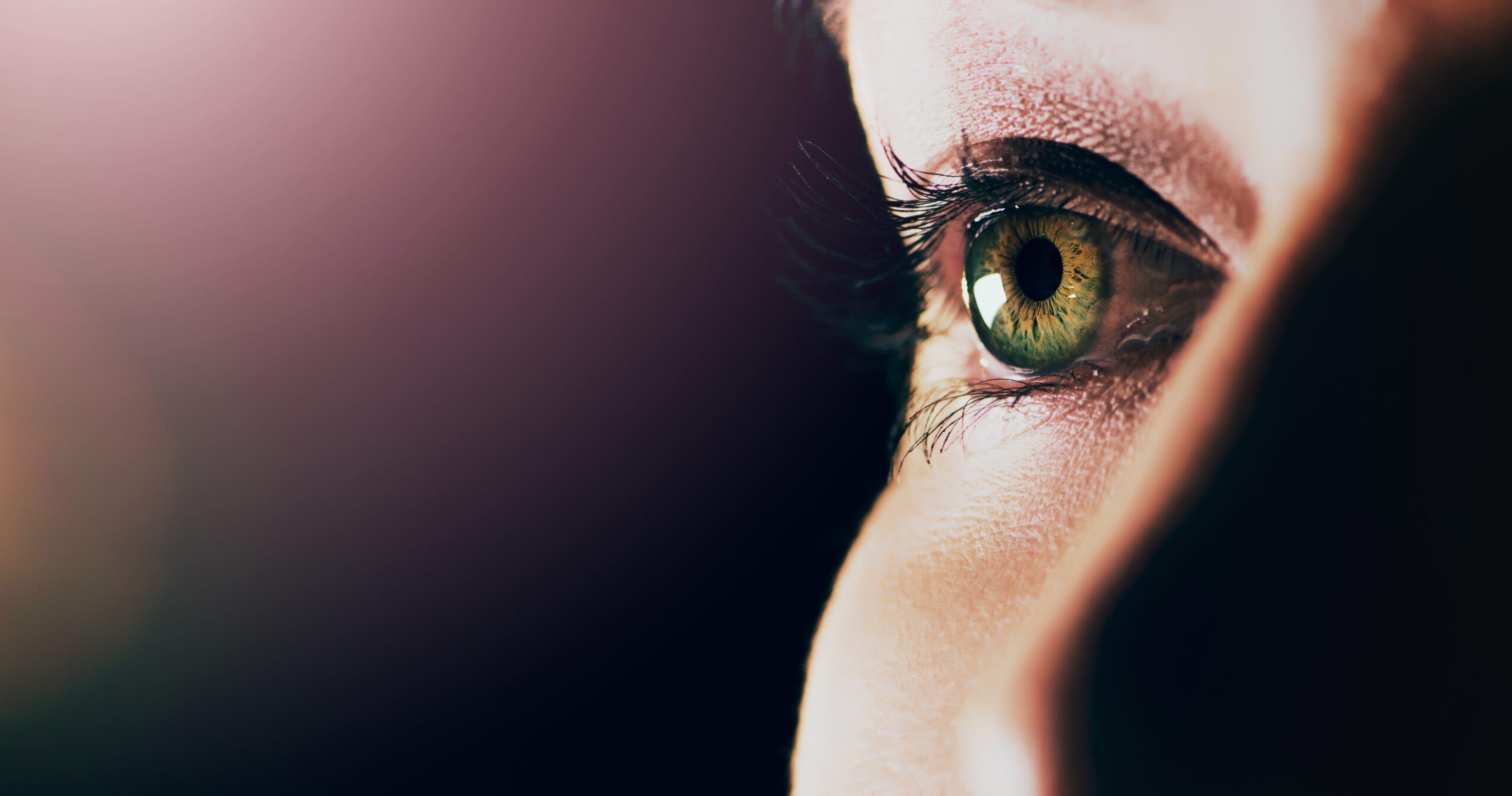
Health News
Features
-
Mommy makeover
Regaining your shape after baby After the excitement of birthing a baby, women face an inevitable reality: the post partum belly. It takes time for the body to readjust, but there are ways to hasten weight loss and regain your figure more quickly. The good news is some of it comes naturally. Instead of lifting…
-
Exercise on the brain
How to keep your mind in shape You’ve heard the expression “use it or lose it.” The advice is especially pertinent for adults in their 40s and beyond. That’s because our brains begin to shrink at that age, points out Dr. Herminio Cuervo, a Lakeland neurologist and Polk County Medical Association member. “It’s just like…
-
Prevention and treatment for stretch marks
Are you spinning your wheels over striae? Ahhh, stretch marks. Those dreaded angry red, purple or pink squiggles that typically show up over hip bones, on thighs and underarms, or across bellies, breasts and bottoms. When you’re pregnant, you’re more susceptible because of inevitable weight gain. So what’s a gal to do? Unfortunately, there’s no…
Columns
-
Seeing Red? We Aren’t Talking About Love!
by ANISA PATAIL, O.D. February is here, and Valentine’s Day is around the corner! We see red hearts everywhere as a sign for the holiday, but let’s talk about what red eyes are a sign for. There are several conditions that can cause this very common finding. Depending on the symptoms you’re experiencing, and the…
-
Inadequate Blood Supply to Bowels Causes Mesenteric Ischemia
Mesenteric ischemia is a not very common cause of abdominal pain and occurs typically in smokers and patients who have other stigmata of peripheral arterial disease. This can be acute or chronic mesenteric ischemia and happens due to atherosclerotic disease of blood vessels of the intestines resulting in inadequate blood supply to the bowels. This…
-
Prioritize Your Eyes in 2025!
The eyes are one of the most important organs in our body, allowing us to see and experience the world around us. It is crucial to prioritize eye safety to prevent any potential injuries or long-term damage. In this article, we will explore various safety measures and practices that can help protect and prioritize your…


